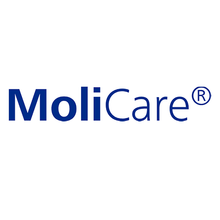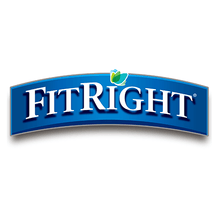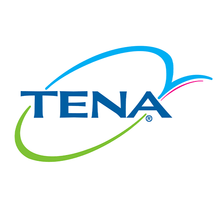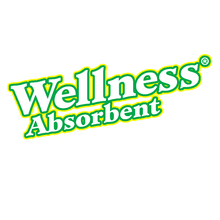- From Medline Insights, Medline, Inc.
Medline writes information for healthcare facilities, but many of their information is useful for home caregivers too.
Incontinence is an intensely personal issue, making it difficult for many to talk about. But the more we talk, the more we can shatter myths and help residents and patients live healthier, dignified lives.
myth #1
Incontinence is a normal and inevitable part of aging:
Long-held belief: Someone is either incontinent or not; therefore, there’s no need to personalize a resident’s care plan.
Today’s knowns:
- Awareness of and discussion around incontinence continues to grow. We now know of several types of incontinence including urge, stress, overflow and bowel.
- There isn’t a one-size-fits-all approach to care. Each person is assessed to determine his or her own proper care plan.
- CMS guidelines mandate using the least restrictive incontinence product to ensure people’s comfort and dignity.
- A wide variety of products are available to meet individual needs. For example, bladder control pads for suitable for people with light-to-moderate urinary incontinence.
- Education is crucial. Caregivers must know types of products available, appropriate sizes of products, and when to change a patient or resident.
myth #2
All incontinence can be treated the same way:
Long-held belief: There’s a uniform approach for managing incontinence.
Today’s knowns:
- Incontinence can have a profound psychological effect on residents.
- To help facilities meet the needs of patients and residents, a proper assessment must be completed. A customized care plan will include products that cater to an individual’s needs.
- To help assess someone’s condition, facilities should ask: How often is the resident having accidents? Can they walk or are they restrained to a wheelchair? Does the resident have any known skin care issues? How many times does the resident wake up at night to urinate and are they always able to make to the toilet in time?
- Keeping a diary helps establish a voiding pattern. Gathering information for three days is usually sufficient to provide a solid baseline of information.
myth #3
Checking and changing every two hours keeps a resident dry and free of skin breakdown:
Long-held belief: Cleansing with soap and water provides sufficient care.
Today’s knowns:
- While skin breakdown from incontinence can occur in as little as two hours, it takes inspecting, cleansing, moisturizing, protecting and nourishing the skin routinely to prevent skin breakdown.
- Because every person’s skin is unique and may react differently to conditions, proper care requires a personalized approach. Facilities should use
- a no-rinse, gentle perineal wash
- alcohol-free, hypoallergenic wipes as they are often a cost-effective, time-saving alternative
- skin barriers and protectants to provide a physical barrier between the skin and harmful body fluids
- barriers that contain complex silicones, such as cetyl dimethicone, ensure normal skin respiration.
- Increasingly, wound care combines advanced skin care science with beneficial botanicals to create solutions specifically formulated to nourish and moisturize sensitive skin.
- And this reality check: If skin issues are not corrected, facilities are subjected to penalties.






